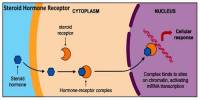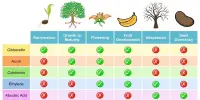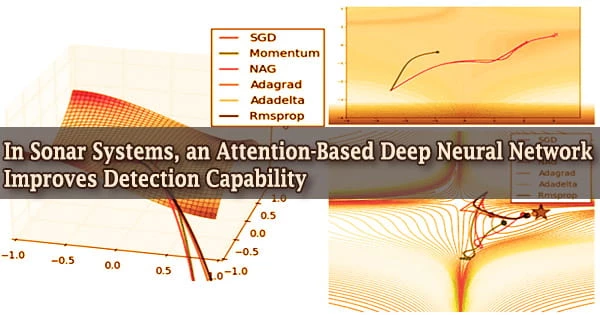DNA repair can be divided into a set of mechanisms that identify and correct damage in DNA molecules. It means the processes by which a cell identifies and corrects damage to its DNA molecules. It is central to the field of cancer biology, and it has important implications for cancer diagnosis and treatment.
In cells, normal metabolic activities and environmental factors such as UV light and radiation damage DNA. There are as many as a million molecular lesions per cell per day. Many of these lesions cause structural damage to the DNA molecule and can alter or eliminate the cell’s ability to transcribe the affected gene. Other lesions induce potentially harmful mutations in the cell’s genome, which affect the survival of its daughter cells after it divides. The DNA repair process must be constantly active so it can respond rapidly to any damage in the DNA structure. DNA damages give rise to mutations and epimutations that, by a process of natural selection, can cause progression to cancer.
The rate of DNA repair depends on many factors, including the cell type, the age of the cell, and the extracellular environment. A cell that has accumulated a lot of DNA damage, or one that no longer effectively repairs damage, can enter one of three states:
- an irreversible state of dormancy, known as senescence
- cell suicide, also known as apoptosis (programmed cell death)
- unregulated cell division, which can lead to the formation of a tumor that is cancerous.
DNA repair
The rate of DNA repair depends on many factors, including the cell type, the age of the cell, and the extracellular environment. Many genes that were initially shown to influence life span have turned out to be involved in DNA damage repair and protection.
Damage and mutation
DNA damages and mutations are fundamentally different. The DNA damage is a change in the basic structure of DNA that is not replicated when the DNA is replicated.
- Damages are physical abnormalities in the DNA, such as single- and double-strand breaks. DNA damages can be recognized by enzymes, and so they can be repaired. Repair needs the undamaged sequence in the complementary DNA strand or in a homologous chromosome.
- A mutation is a change in the base sequence of the DNA. A mutation cannot be recognized by enzymes once the base change is present in both DNA strands, so a mutation cannot be repaired. At the cellular level, mutations can cause alterations in protein function and regulation. Mutations are replicated when the cell replicates.
DNA encodes the cell genome and is, therefore, a permanent copy of a structure necessary for the correct functioning of a cell. DNA damages in frequently dividing cells, because they give rise to mutations, are a prominent cause of cancer.
















